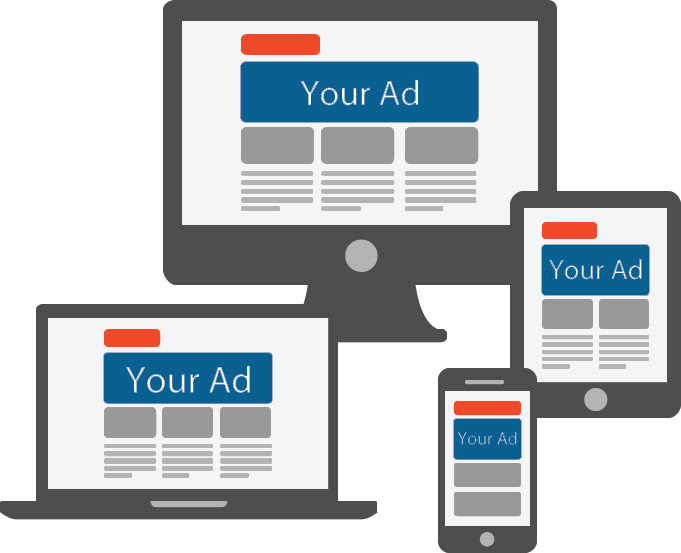15 Ways to Optimize Your Website's Accessibility for Better User Experience
In today's digital age, optimizing your website's accessibility is not just a choice, but a necessity. Ensuring that your website is accessible to all users, regardless of their abilities, not only improves user experience but also boosts your website's credibility and inclusivity. In this article, we will explore 15 practical ways to optimize your website's accessibility, backed by real-life examples, professional advice, and a touch of creativity 🌟.
Use Alt Text for Images 📷
Including alt text for your images allows visually impaired users to understand the content of the image through screen readers. For instance, instead of leaving the alt text empty for an image of a mountain range, use descriptive text such as "Stunning view of the majestic Himalayan mountain range."
Implement Keyboard Navigation 🎹
Not all users can rely on a mouse for navigation. Ensure your website can be accessed using keyboard shortcuts, enabling users to navigate through menus, links, and forms effortlessly.
Provide Captions and Transcripts for Videos 📹
By providing captions and transcripts for videos, you make them accessible to users with hearing impairments. This simple step ensures that your content is inclusive and allows all users to enjoy your multimedia content.
Optimize Color Contrast 🌈
Consider users with visual impairments by maximizing color contrast. A good rule of thumb is to use a contrast ratio of at least 4.5:1 between text and its background, ensuring readability for everyone.
Responsive Design for Mobile Accessibility 📱
Ensure your website is fully responsive across various devices. Responsive design guarantees that all users, regardless of their screen size, can easily navigate and access your content.
Provide Clear and Consistent Navigation 🧭
A clear and consistent navigation menu helps all users find the information they need quickly. Use descriptive labels, organize menus logically, and provide a search function for a seamless browsing experience.
Utilize ARIA Roles and Landmarks ♿
ARIA (Accessible Rich Internet Applications) roles and landmarks help screen readers interpret web page elements accurately. Use ARIA attributes to identify regions, landmarks, and roles to enhance accessibility.
Enable Text Resizing Options 🔍
Offer users the ability to adjust font sizes according to their preferences. Implementing text resizing options ensures that users with visual impairments can comfortably read your website's content.
Provide Skip Links to Main Content 🚀
Skip links allow users to bypass repetitive elements, such as headers and navigation menus, and go directly to the main content. This feature significantly benefits users who rely on screen readers or keyboard navigation.
Ensure Forms Are Accessible and Easy to Complete 📝
Make your forms accessible by providing clear instructions, proper labeling, and error messages. Additionally, ensure that users can navigate and complete forms using only a keyboard.
Optimize Page Loading Speed 🚀
A fast-loading website benefits all users, including those with limited internet connectivity or slower devices. Minimize unnecessary scripts, compress images, and optimize your code to provide a smooth browsing experience.
Use Descriptive Headings and Subheadings 📚
Headings and subheadings help screen readers and users with cognitive impairments navigate through content efficiently. Use descriptive headings that accurately summarize the content of each section.
Include Text Transcripts for Audio Content 🎧
For podcasts or audio content, provide text transcripts alongside the audio file. This allows users who are deaf or hard of hearing to access the content without any barriers.
Test Your Website with Assistive Technologies 📱
To ensure your website meets accessibility standards, test it using assistive technologies such as screen readers, keyboard-only navigation, and voice commands. This hands-on approach allows you to identify and fix any potential issues.
Educate Your Team and Stay Updated 📚
Lastly, invest in educating your team on web accessibility standards and best practices. Regularly stay updated with the latest guidelines and techniques to ensure your website continues to provide an inclusive and accessible user experience.
By following these 15 practical tips, you can optimize your website's accessibility and create a better user experience for all visitors. Remember, accessibility isn't just a technical requirement; it's a fundamental aspect of building an inclusive and user-friendly website. Let's make the web accessible to everyone! 🌐🌍







No comments yet. Be the first to share your thoughts!